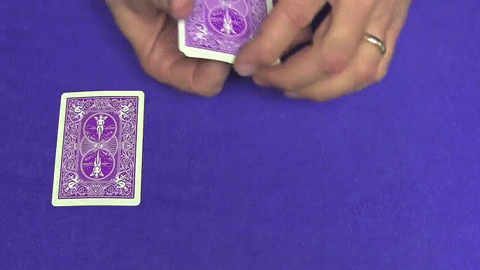Uncoverage: How Wegovy ‘Coverage’ Can Be A Game Of 3-Card-Monte
UHC approved 'coverage' for Wegovy. Here's how they could be earning $750 per year 'covering' a drug while a patient pays almost $9k.
The phrase "covered by insurance" can be misleading. Payers and pharmacy benefit managers (PBMs) often engage in tactics akin to a game of 3-card-monte, ultimately directing more dollars into their pockets. And the house always wins.
I was reminded of this when I saw a tweet from my endocrinologist and obesity specialist Dr. Beverly G. Tchang.
Since #Wegovy has been @fda approved for #heartdisease in people with #obesity, I've been writing letters to appeal for coverage
@UHC #Medicare overturned the first prior auth denial and did approve it
😡 Patient's copay: $1000/month
This is an absurd loophole that must be closed @SenSanders
May 28, 2024
Investors love recurring revenue, and UnitedHealthcare seizes every opportunity to profit from patients with chronic diseases. UnitedHealthcare has structured its Medicare Advantage Plan to either avoid covering certain drugs or incur negative costs due to rebates. That is a fabulous business model for UHC but a bad deal for Medicare Advantage members and us taxpayers funding MA Plans.
The Real Flow of Dollars
Rebates are promoted as cost-saving measures, but they often increase the profits of PBMs and payers. Patients pay full price for medications, even when insurers obtain them at significant discounts.
To illustrate this, let's follow the dollars for Dr. Tchang’s patient’s Wegovy prescription:
Deductible: $2,500
Max Out Of Pocket: $8,850
Wegovy’s List Price: $1,350
Patient Copay: $1,000
UHC Payment To Pharmacy: $350
UHC Negotiated Rebate: 50% ($675)
Net Cost to UHC: $675
Based on these assumptions my team at 340 Health made a basic table showing how dollars flow.
Dr. Tchang’s patient pays $8,850 annually, while UHC earns $750 for covering Wegovy. Using a Novo savings card, the cash-pay cost would be $10,200. Alternatively, opting for Lilly’s Wegovy competitor, Zepbound, with a savings card would cost $6,600 per year. Any cash-pay purchases would not count towards the patient's deductible or out-of-pocket maximum.
Our Broken System
As Mark Cuban said, “If you're using a Big Three PBM, you are getting ripped off.” Dr. Tchang’s Wegovy ‘coverage’ example is just another piece of evidence that this statement is true.
UHC and other payors typically do not use rebates to lower costs for sick patients. Instead, they use these savings to subsidize lower premiums for healthier patients. This creates a scenario where the sickest individuals, who need medications the most, are burdened with higher out-of-pocket costs, benefiting payors and healthier patients. This defeats the purpose of insurance and raises costs for sick patients and the american taxpayer.
UHC’s pbm OptumRx reportedly requires pharmaceutical companies to maintain their existing rebates even if they drop prices, according to Drug Channels’ Adam Fein. Thus, if Novo Nordisk were to cut their prices in half, they would still be required to pay the existing $675 monthly rebate. This leaves no margin for pharmacies and wholesalers, making it impossible to implement price cuts.
This is yet another example of our broken healthcare system. UHC has designed a system where drug companies cannot lower prices without jeopardizing insurance coverage, while many patients struggle to afford copays. Consequently, patients face insufficient coverage, and drug prices remain high.




